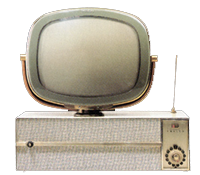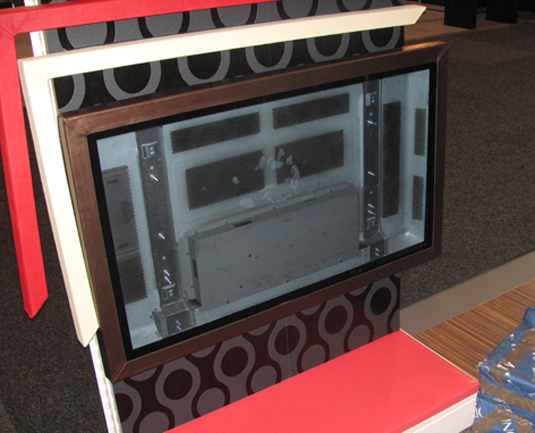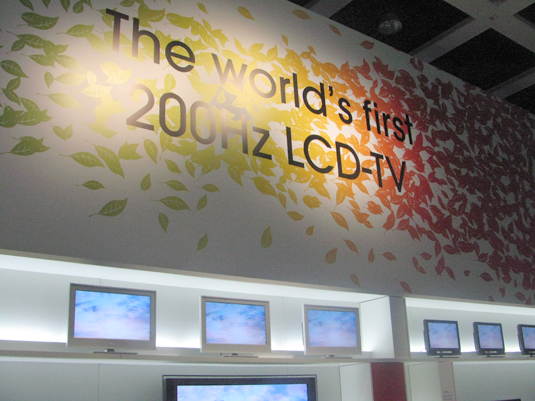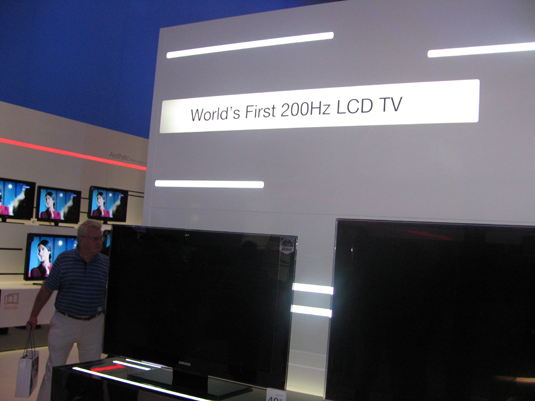 During the 1890’s, inventor Nikola Tesla toyed with the possibility of transferring electricity (safely) through the air. Tesla’s vision has become reality in laboratories within the past decade, and today, the IDG News Service is reporting that Sony has devised a wireless prototype to power its television sets.
During the 1890’s, inventor Nikola Tesla toyed with the possibility of transferring electricity (safely) through the air. Tesla’s vision has become reality in laboratories within the past decade, and today, the IDG News Service is reporting that Sony has devised a wireless prototype to power its television sets.
The technology, called magnetic resonance, achieves power transfer by feeding energy from a power supply into a coil of wires to produce a magnetic field. A current is transferred when a secondary cool falls within that field. Sony used the technique to send 100 volts of electricity 50 centimeters to “plug in” a wireless 22-inch television set.
Other metallic devices that fall within the field will not become significantly electrified, according to the company. The range can be extended to 80 cm with passive relay units, according to IDG.
Sony’s power system is hardly unique. In 2007, a team of MIT researchers was able to power a light bulb from as far as 7 feet away by using magnetic resonance. But there was considerable energy loss with only 40 percent efficiency.
The research was spun off into company called WiTricity, and it is planning a commercial rollout of the technology – once it is refined. If Sony’s experiment is any indication, those refinements could take awhile.
Sony is also tackling the efficiency issue. While its prototype was 80 percent efficient, additional energy loss occurred after the transmission was made to the secondary coil. One quarter of the original 80 watts was lost.
With further improvements, the energy loss could become more acceptable, but I don’t believe in wasting electricity (and potentially increasing carbon emissions) for aesthetics. If the technology could be used to eliminate the need for toxic batteries to power portable devices, Sony could be onto something. For now, though, a power cord does the job just fine for televisions.


 During the 1890’s, inventor
During the 1890’s, inventor  I suspect that many folks shared my immediate reaction to today’s sad news that Sony will
I suspect that many folks shared my immediate reaction to today’s sad news that Sony will  The IFA show floor (floors, actually–the event takes place in multiple halls spread over numerous buildings) is full of flat-scren TVs we probably won’t be seeing in the U.S., from companies I’ve never heard of. Some of ’em look pretty nice, such as those from
The IFA show floor (floors, actually–the event takes place in multiple halls spread over numerous buildings) is full of flat-scren TVs we probably won’t be seeing in the U.S., from companies I’ve never heard of. Some of ’em look pretty nice, such as those from 

 I’ve been spending the day at IFA, the giant consumer electronics show in Berlin that’s Europe’s equivalent of the Consumer Electronics Show in Las Vegas. I’m having a good time, but one conclusion I’ve drawn so far is that CES has the edge when it comes to major announcements about flashy new technologies and jaw-dropping specs. CES isn’t CES without stuff like the world’s first OLED TV or world’s thinnest LCD or the world’s largest plasma. IFA, however, seems to be dominated by more mainstream products and technologies that are cool, but not cutting-edge. You could argue that that’s a good thing, since very few of us will buy the first OLED TV or biggest LCD or thinnest plasma. But it does make for a somewhat more subdued show.
I’ve been spending the day at IFA, the giant consumer electronics show in Berlin that’s Europe’s equivalent of the Consumer Electronics Show in Las Vegas. I’m having a good time, but one conclusion I’ve drawn so far is that CES has the edge when it comes to major announcements about flashy new technologies and jaw-dropping specs. CES isn’t CES without stuff like the world’s first OLED TV or world’s thinnest LCD or the world’s largest plasma. IFA, however, seems to be dominated by more mainstream products and technologies that are cool, but not cutting-edge. You could argue that that’s a good thing, since very few of us will buy the first OLED TV or biggest LCD or thinnest plasma. But it does make for a somewhat more subdued show.
